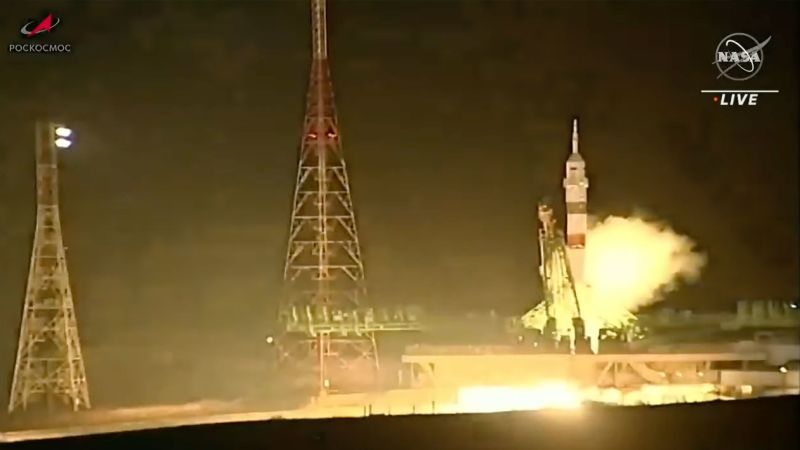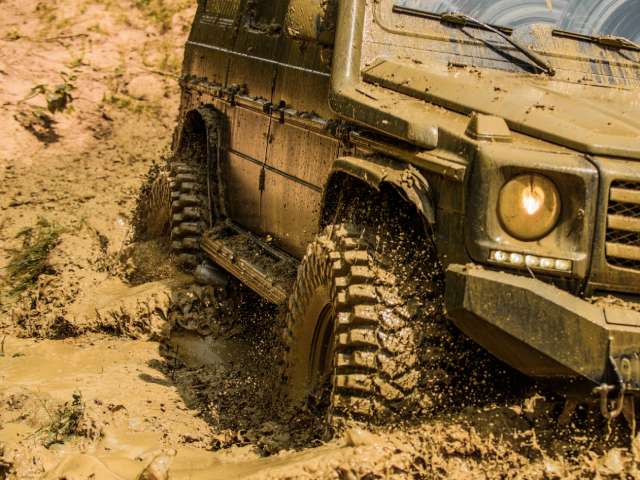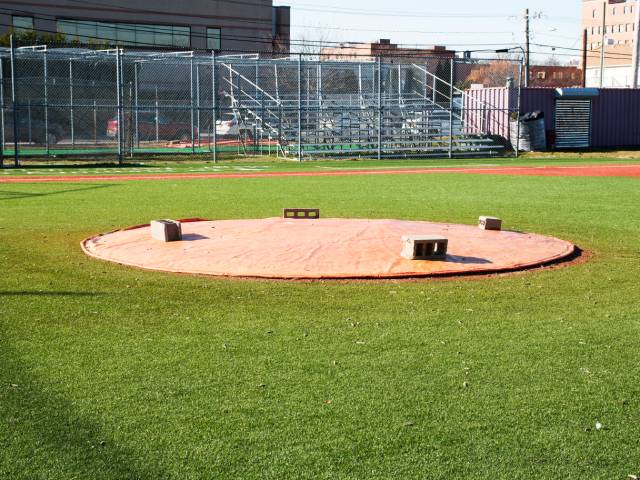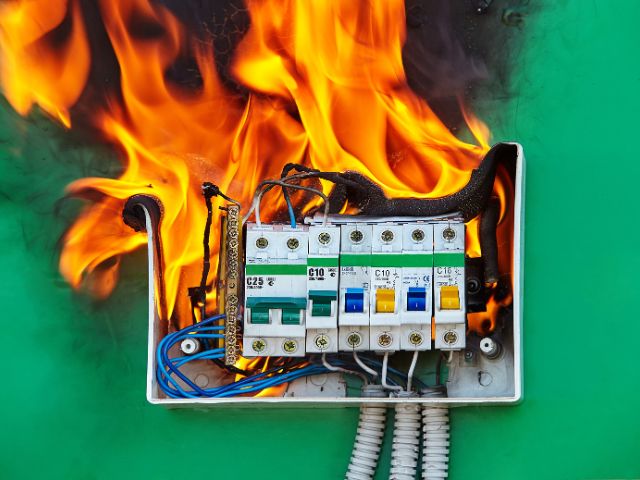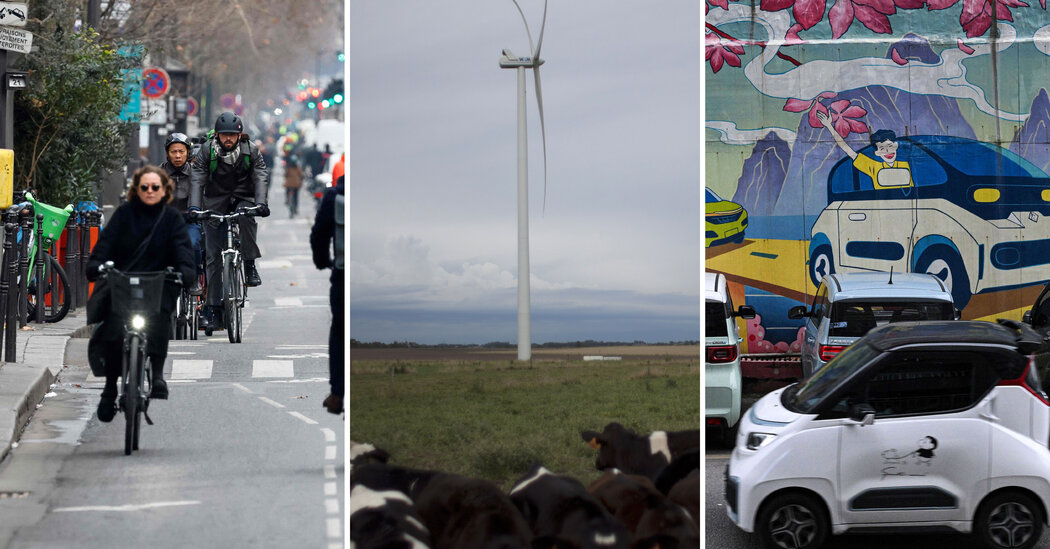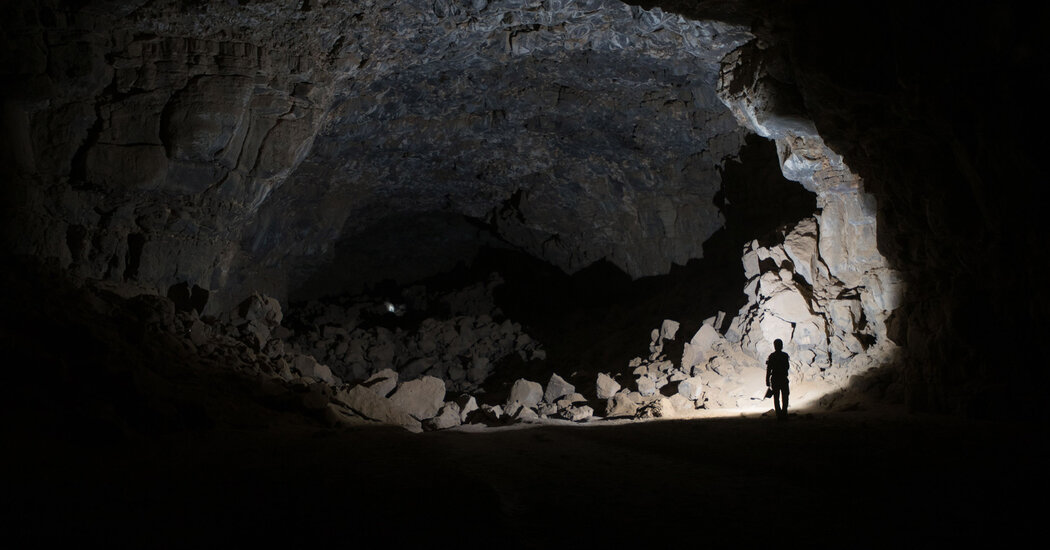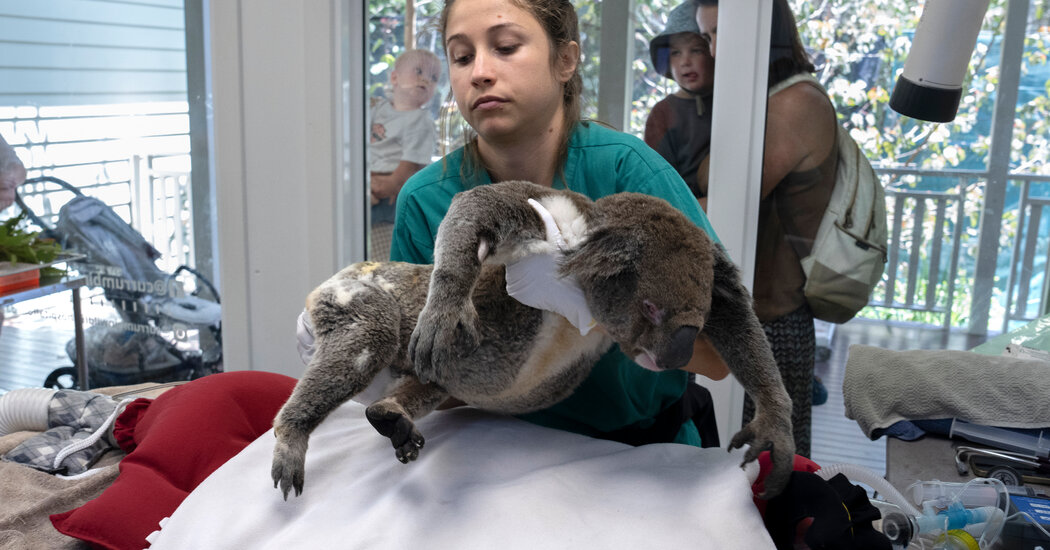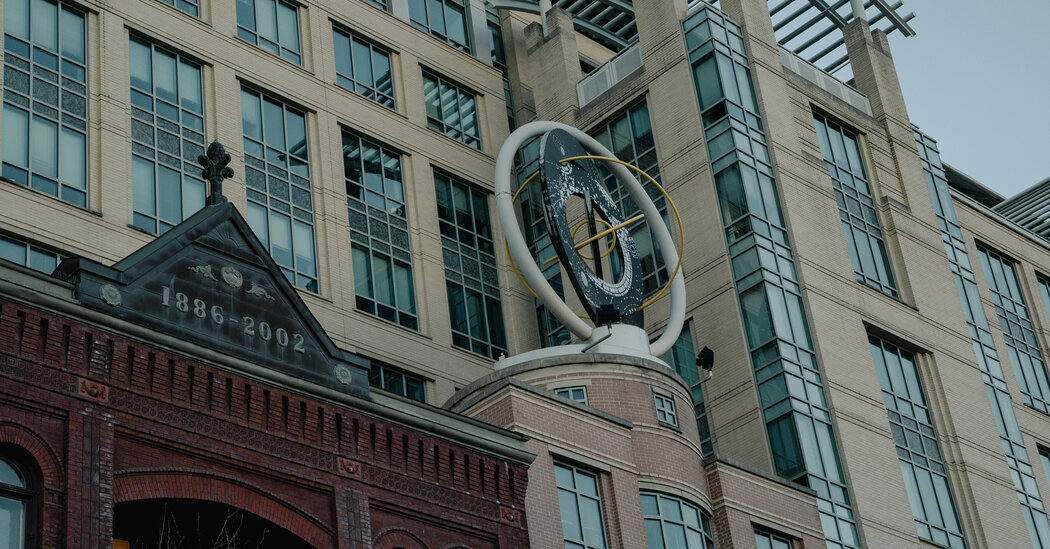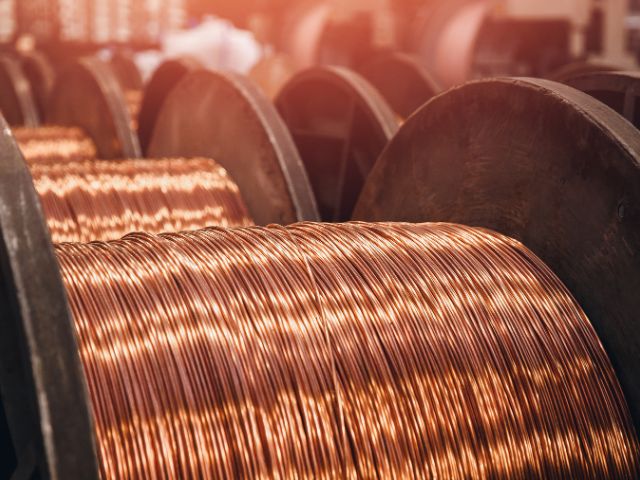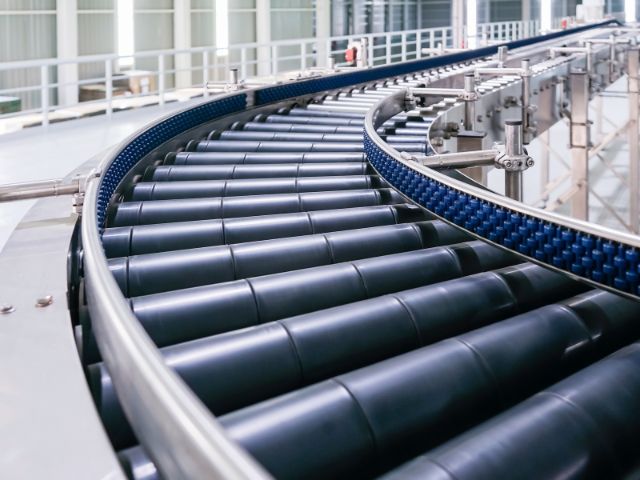Sign up for CNN’s Wonder Theory science newsletter. Explore the universe with news on fascinating discoveries, scientific advancements and more.
CNN
—
Russia launched a Soyuz spacecraft that will replace a capsule that sprang a coolant leak in December, leaving two cosmonauts and one NASA astronaut without a ride home.
Liftoff of the capsule, called the Soyuz MS-23, took place out of Russia’s Baikonur Cosmodrome launch site in Kazakhstan on Thursday at 7:24 p.m. ET, which is 5:24 a.m. Friday local time.
The uncrewed spacecraft will spend about two days in orbit, maneuvering toward the International Space Station It’s expected to dock with the Poisk module — which is on the space station’s Russian-run portion — just after 8 p.m. ET Saturday.
The Soyuz MS-23 will be the return vehicle for cosmonauts Sergey Prokopyev and Dmitri Petelin and NASA astronaut Frank Rubio, all of whom traveled to the space station aboard the Soyuz MS-22 capsule in September.
Rather than flying with crew members aboard, the Soyuz MS-23 launched on Thursday with only a “Zero-G indicator,” which can be any object that is left in the cabin and is designed to float freely when the capsule enters microgravity. For this mission, the indicator is a teddy bear tethered by a string inside the cabin.
About two months into the three men’s journey, the MS-22 experienced a coolant leak, leaving the cabin at temperatures deemed unsafe for the crewmates to use for their return journey. The Russian space agency Roscosmos and NASA quickly worked to establish plans to send a replacement vehicle. Roscosmos officials said they had determined that the leak resulted from a small hole caused by an impact with a micrometeoroid.
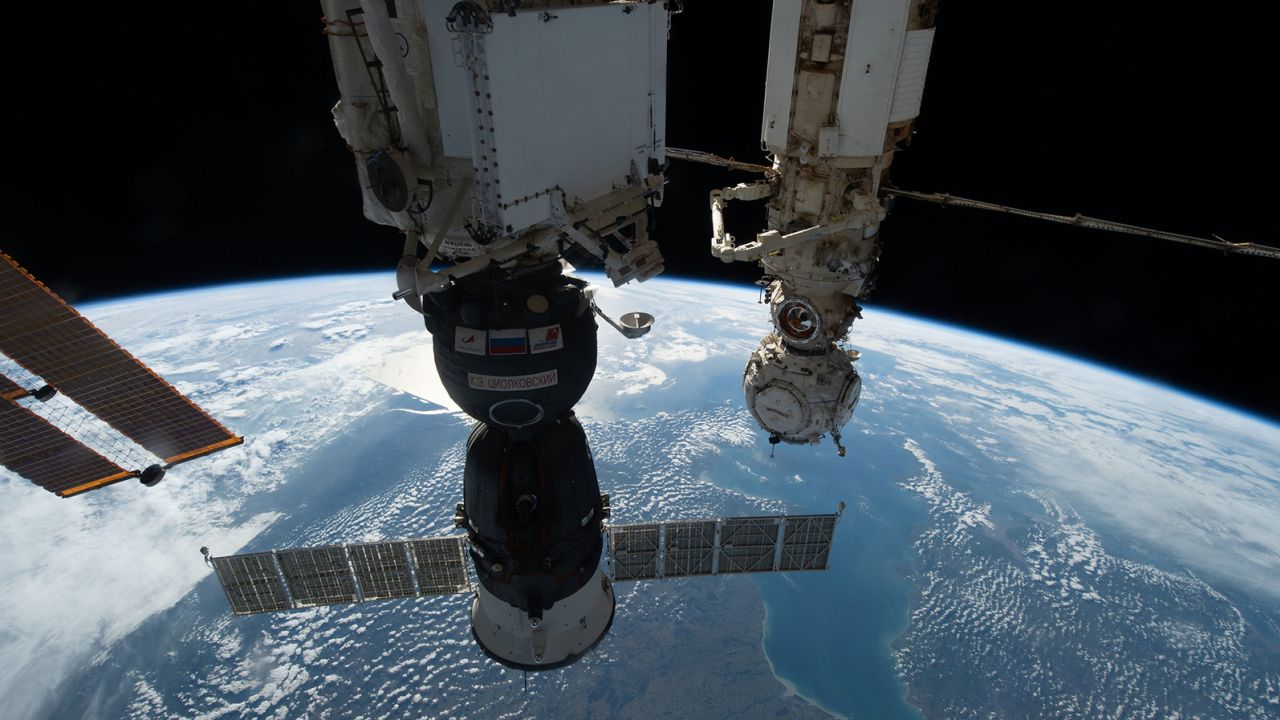
Plans to launch the rescue vehicle, however, were drawn into question when a Russian cargo ship, called Progress, experienced a similar coolant leak after docking with the space station on February 11. Three days later, Roscosmos had said in a post on the social media site Telegram, that it would delay the Soyuz MS-23 launch until at least March while the agency investigated the cause of the Progress vehicle’s coolant leak.
On Tuesday, however, Roscosmos said in an updated Telegram post that it had determined the cause of the Progress spacecraft leak was “external influences.”
“The Russians are continuing to take a very close look at both the Soyuz and the Progress coolant leaks,” Dana Weigel, the space station’s deputy manager for NASA, said during a Wednesday briefing.
“They formed a state commission that is assessing the anomalies,” she added, noting that the team is analyzing potential causes from the time the capsules launched through their journey in orbit.
Originally, Roscosmos cosmonauts Oleg Kononenko and Nikolai Chub and NASA astronaut Loral O’Hara were expected to launch to the space station on March 16 aboard MS-23.
Instead, Prokopyev, Petelin and Rubio’s time will be extended on the space station until they can return to Earth aboard Soyuz MS-23 later this year. That return could happen in September, according to a report from Russia state-run media outlet TASS.
If that timeline holds, the three crewmates will have extended their expected six-month stay in space to about one year.
When asked about the extended stay, Joel Montalbano, the space station’s program manager for NASA, said the crew remains in good health and there is no reason to expedite their journey home.
The crew is “willing to help wherever we ask,” Montalbano said during a January 11 news conference. “They’re excited to be in space, excited to work and excited to do the research that we do on orbit. So they are ready to go with whatever decision that we give them.”
He added, “I may have to fly some more ice cream to reward them.”
The launch of the Soyuz MS-23 spacecraft comes just days before NASA and SpaceX will launch their Crew-6 mission. Expected to lift off early Monday morning, Crew-6 will carry NASA astronauts Stephen Bowen and Warren “Woody” Hoburg as well as Sultan Alneyadi, an astronaut with the United Arab Emirates, and Roscosmos cosmonaut Andrey Fedyaev.
Shortly after those four arrive at the space station, NASA’s Crew-5 astronauts will return home from their five-month stay there aboard the SpaceX Crew Dragon capsule. NASA officials said this week that the coolant leaks experienced on the Soyuz and Progress vehicles would not have any impact on the SpaceX missions and that no similar issues were discovered on Crew Dragon vehicles.


